In the first of an occasional series, we have asked illustrator Josephine Birch to give us an insight into her greatest influence.
 "As a child I believed wholeheartedly in Father Christmas. I still do. I believe in the freedom of the imagination to be whisked away by stories that make us feel safe, cosy, warm. This is the magic of Raymond Briggs. Magical appearances are unexplained, existing alongside everyday wonders, the kind that remind us of the beauty of the every day; airborne autumn leaves, first frosts, a snowman given life, a BEAR climbing in through the window! In short, the magic of childlike wonder.
"As a child I believed wholeheartedly in Father Christmas. I still do. I believe in the freedom of the imagination to be whisked away by stories that make us feel safe, cosy, warm. This is the magic of Raymond Briggs. Magical appearances are unexplained, existing alongside everyday wonders, the kind that remind us of the beauty of the every day; airborne autumn leaves, first frosts, a snowman given life, a BEAR climbing in through the window! In short, the magic of childlike wonder.
Briggs’ books have been constant companions as well as manuals for my education in storytelling. His work gave me the first twinkling sense of wanting to craft books; stories that were filled with emotion, artworks that glowed with Christmas lights and wintry skies.
I have always been drawn to the impossible love story, the bitter-sweet. Raymond Briggs’ books are the epitome of bittersweet, exploring joy, love and loss, without judgement. Classically, in each of these books, the magic is the kind that ‘grown ups’ don't notice. I was determined that I would not be one of these grown-ups. I would keep the magic and it is through drawing that I keep it close.
The Bear and The Snowman both begin with comforting, bedtime rituals,: the scene is set, the children are safe at home. The introduction of something scary and mighty, such as the bear’s great paw against the window, is sheltered either side by comforting imagery. I use this technique, so that when something extraordinary happens, the reader is already settled into the world.
Alongside these domestic scenes, Briggs uses the landscape to house these quiet yet emotional stories. In The Snowman we contemplate grief through snowy scenes, with the snowman ultimately melting in the morning sun. But we are also jostled along with humour and warmth, like the snowman bathing in the light of the fridge, or the policeman muffled up against the cold. In both, Selkie and Goodbye Hobbs I use sweeping landscapes to move through emotion and then tuck characters into safe spaces, like Merlin nestled into a weeping willow. From calm seas and snug pubs or autumn parks the place becomes a character, helping to convey the narrative.
Briggs’ drawings have a soft wooliness, the marks layered like blankets, adding to the sense of warmth and kindness that his characters exude. In his books I learnt to use materials to compliment mood. In Goodbye Hobbs I use ink and watercolour to create movement and rich autumnal colour, moving from rainy watery blues to deep oranges and reds. As the characters' mood lifts, so do the colours.
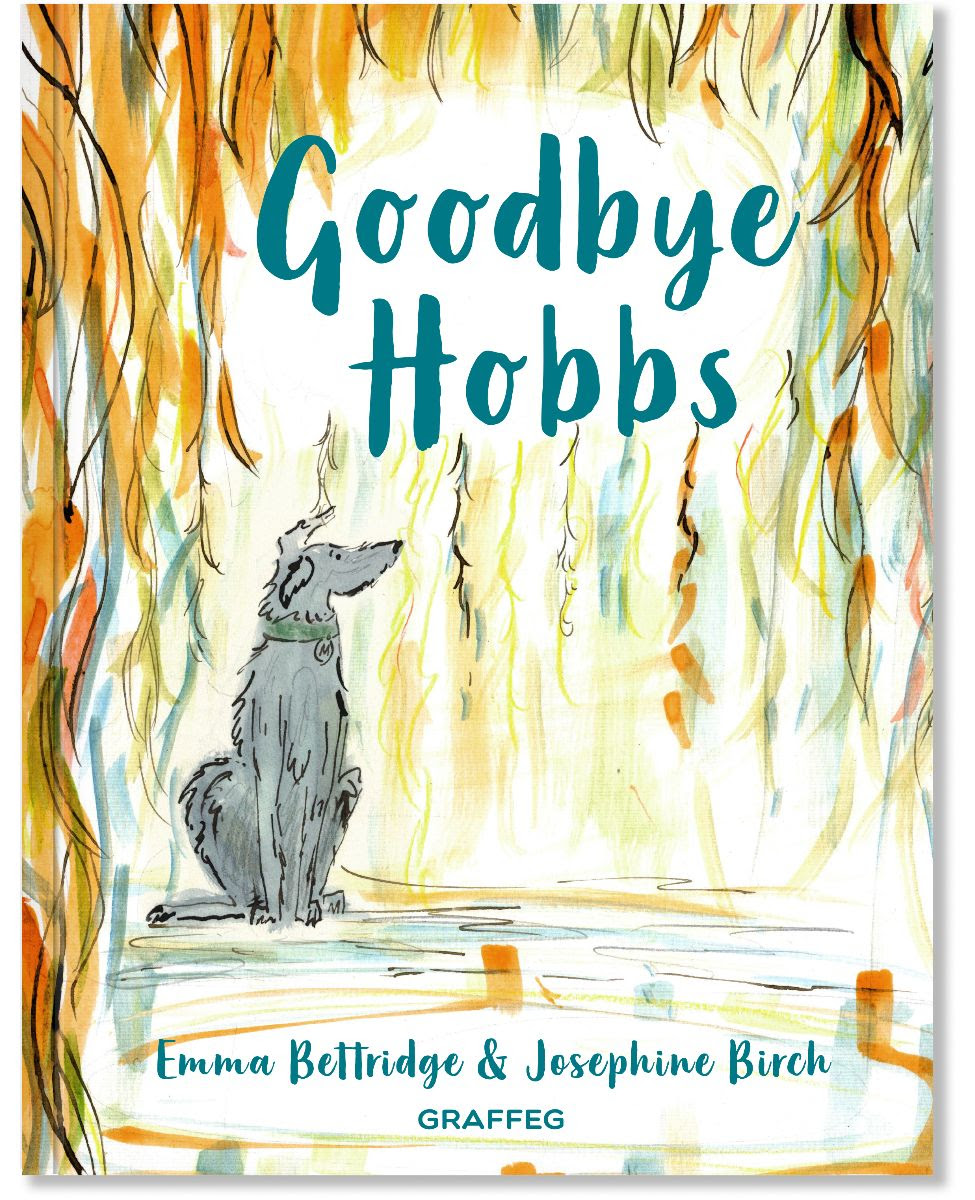 In Goodbye Hobbs, the final wordless page allows for a moment of contemplation and in Selkie, the last page sees the seal and the boy watching each other as the sun sets and the boat sails away. Though both of these endings owe much to Briggs’ they are much gentler than the ending in the snowman; a little picture, alone in white space, that so poignantly hits home. Briggs uses white space to add a sense of silence, of shock, of grief. It is devastating, but it is also tender and it is this tenderness that most inspires me. Loss is such a huge part of human experience, and I trust that picture books can carefully introduce children to these topics or be a companion when they are suffering. Raymond Briggs walks this line between sentimentality and truth and this, for me, is the magic of Briggs."
In Goodbye Hobbs, the final wordless page allows for a moment of contemplation and in Selkie, the last page sees the seal and the boy watching each other as the sun sets and the boat sails away. Though both of these endings owe much to Briggs’ they are much gentler than the ending in the snowman; a little picture, alone in white space, that so poignantly hits home. Briggs uses white space to add a sense of silence, of shock, of grief. It is devastating, but it is also tender and it is this tenderness that most inspires me. Loss is such a huge part of human experience, and I trust that picture books can carefully introduce children to these topics or be a companion when they are suffering. Raymond Briggs walks this line between sentimentality and truth and this, for me, is the magic of Briggs."
Goodbye Hobbs is a beautifully told and illustrated tale of what it means to love and lose a friend. You can read our full review here and download the first few pages of this special book.
Josephine Birch is a print maker and illustrator, and is currently working on a picture book series with author Emma Bettridge called The Other Stories.
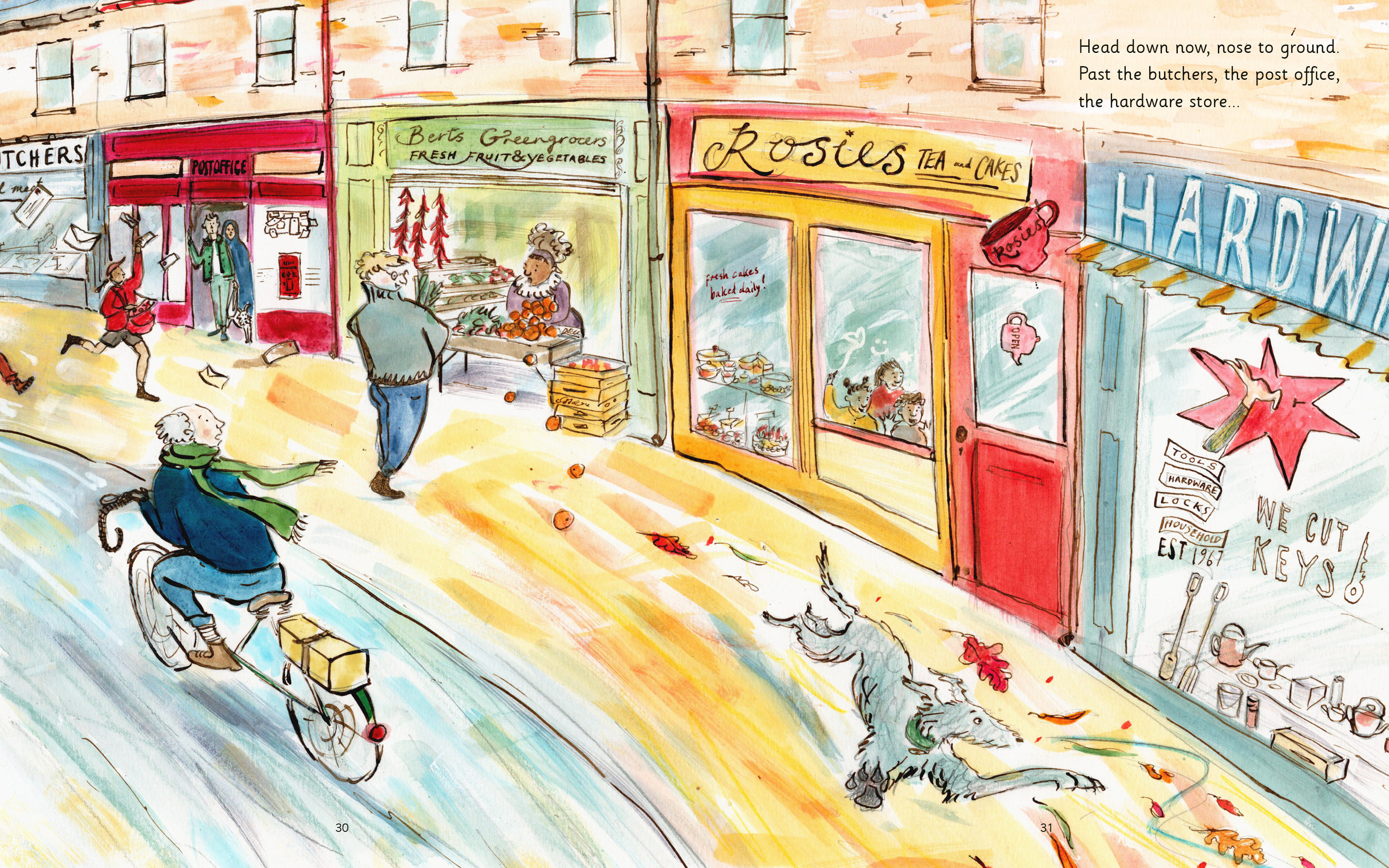


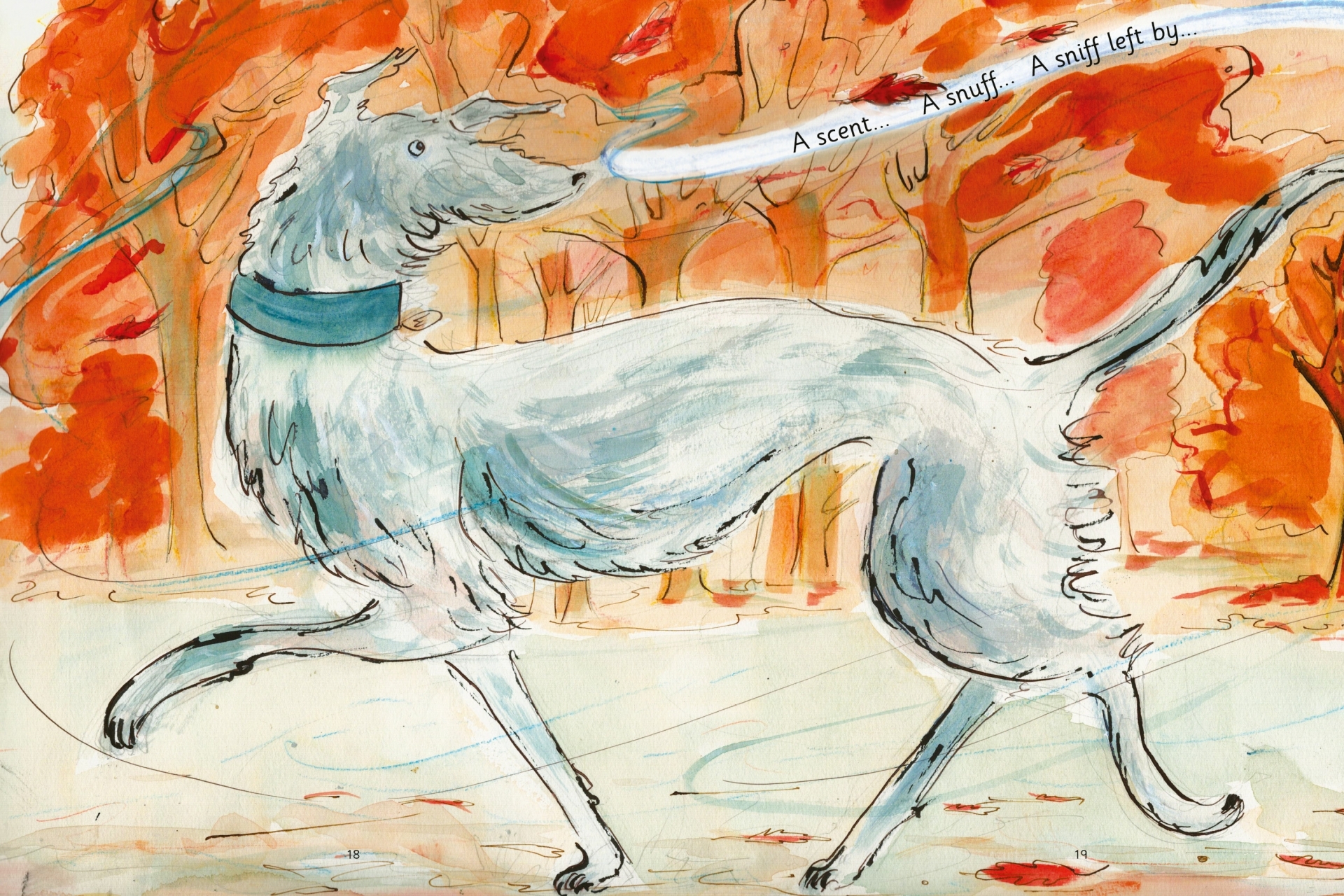
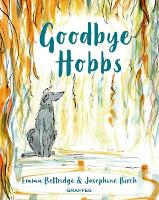

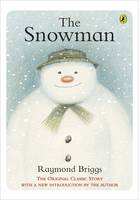
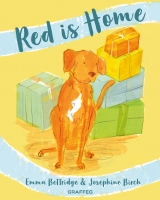
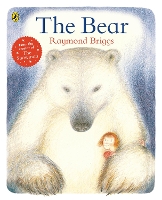
Comments (0)
Leave A Reply
You must be logged in to post a comment.